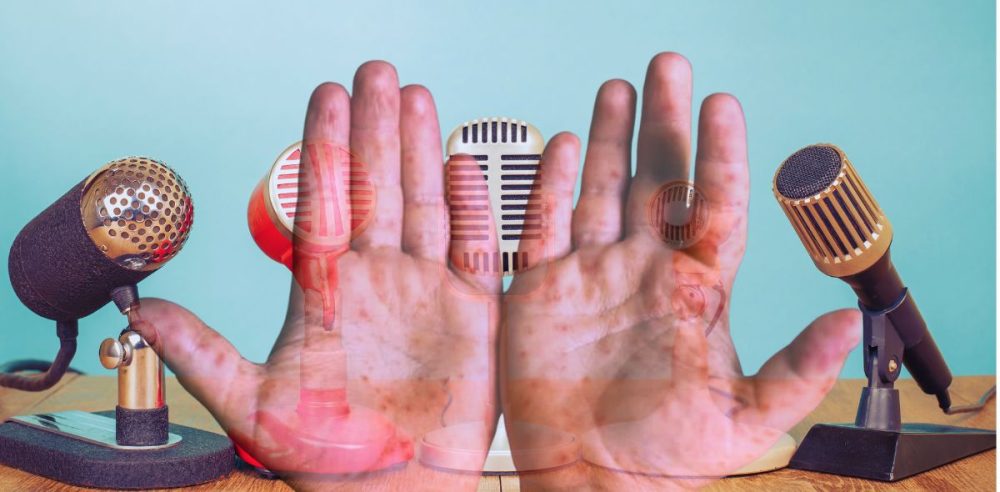A trove of recently declassified ‘JFK files’ reveals how the Army’s intelligence apparatus used epidemics and media coverage to manipulate other countries’ politics.
A “secret” Report On The Status Of Implementation Of Actions Designed To Counter Subversion (DA Memo 64) reads, “Mexico City station inspired press campaign of hoof and mouth and smallpox epidemics in Cuba, prior to the Architects Congress [Congress of International Union of Architects] to discourage participation in the Habana meeting. The resulting quarantines and innoculations innoculations [sic] are a factor in discouraging 52 of the 60 Mexican professional architects who were expected to go to Habana from attending the Congress.”
The author later indicated a concern that the prominent trade convention would allow “the Castro regime to use the congress as a forum for its propaganda claims.”
It is unclear if there was an actual epidemic of hoof and mouth and smallpox in Cuba at the time or if the station merely used the press to give the impression of one. It is also unclear if the alleged epidemic began naturally or if it was an act of biological warfare.
Acts of biological warfare are said by some researchers to have been employed by defense intelligence agencies against Cuba at this time. Contemporaneous to the hoof and mouth campaign, there was also reportedly a Department of Defense effort to drop diseased ticks on Cuba to incapacitate workers in the country’s important sugar industry.
The plague pressers described by the 1963 document were part of a greater operation aimed at discouraging prominent political figures and other influential people from holding conferences in the newly communist state. Numerous entries in the document indicate that Army officials perceived the Cubans to be effective at relationship building and using various means to facilitate communist “subversion.” Other efforts to thwart the Havana conference included persuading Argentine delegations of architects to boycott the event and using a Brazilian station to make travel to Cuba more difficult.
A section titled “Control of Transfer of Funds” detailed how various agencies, including the Department of State and Department of Treasury, worked in tandem to prevent Cuba from building business connections or accessing capital. At some point, the former stopped a purchase of Cuban aircraft by Mexican Airlines that would have allowed capital to flow to the island nation, while the latter put a halt to the flow of remittances from Cuban expatriates in Miami to family remaining in Cuba.
A section of the file labeled “Control Movement of Propaganda” is blank except for an illegible handwritten inscription.
In the months leading up to the 35th President’s death in November 1963, the documents indicate there was anxiety within Army intelligence circles about Cuba’s ability to export communism across Latin America. Communist revolutionary Fidel Castro had overthrown Cuba’s King, Fulgencio Batista, an American ally, in 1959, and the Cuban leader subsequently developed a relationship with America’s enemy, the Soviet Union.
This relationship caused significant strife within the United States and the Kennedy administration when Soviet missiles were discovered in the island nation, causing the Cuban Missile Crisis of October 1962.
The Report On The Status Of Implementation Of Actions Designed To Counter Subversion is part of the latest batch of documents related to the assassination of President John F. Kennedy that the Trump administration has recently released.
Connections between intelligence agencies and disease outbreaks have long been a topic of contention.
In 2023, several whistleblowers reportedly spoke to the Staff of the Select Subcommittee on the Coronavirus Pandemic and Permanent Select Committee on Intelligence on allegations that the Central Intelligence Agency (CIA) offered several analysts substantial monetary incentives to change their position on COVID-19’s origin.
Notably, by January 2025, the intelligence agencies’ position had shifted to favor the lab leak theory, a theory of COVID-19 origins that contends the disease began its life in the then-US-backed Wuhan Institute of Virology.


